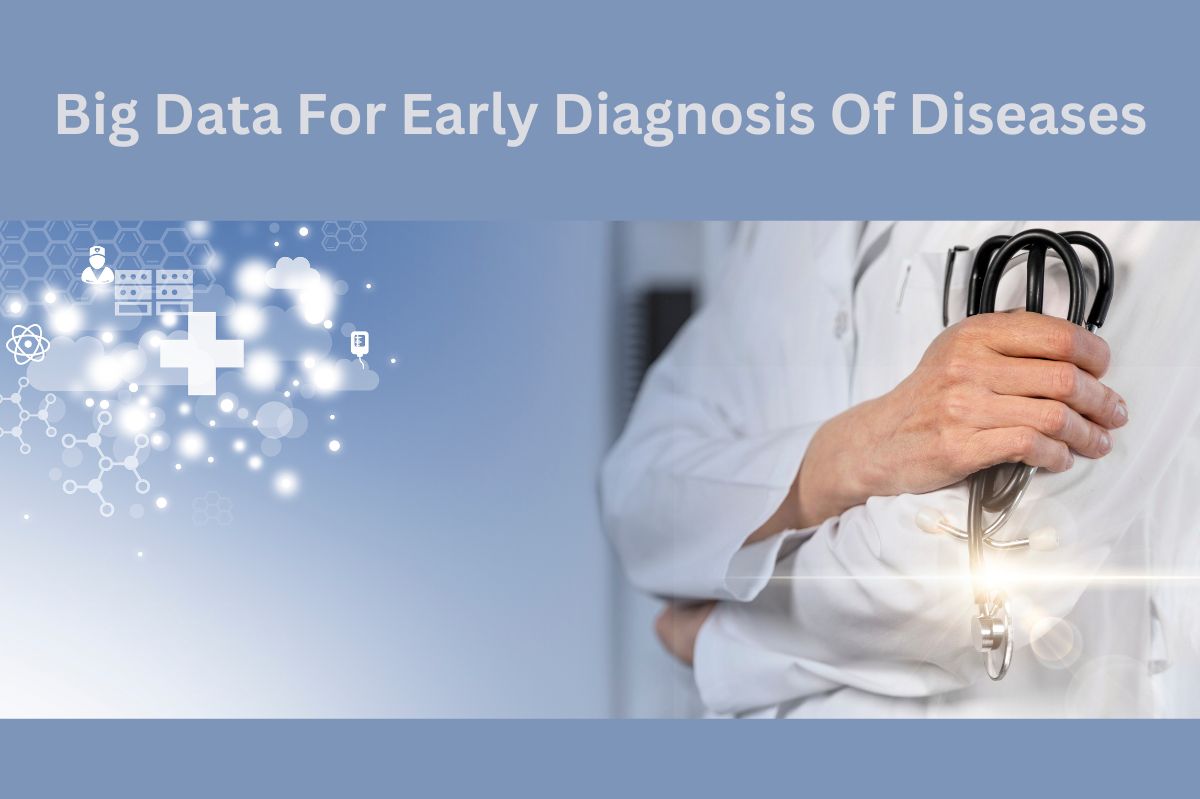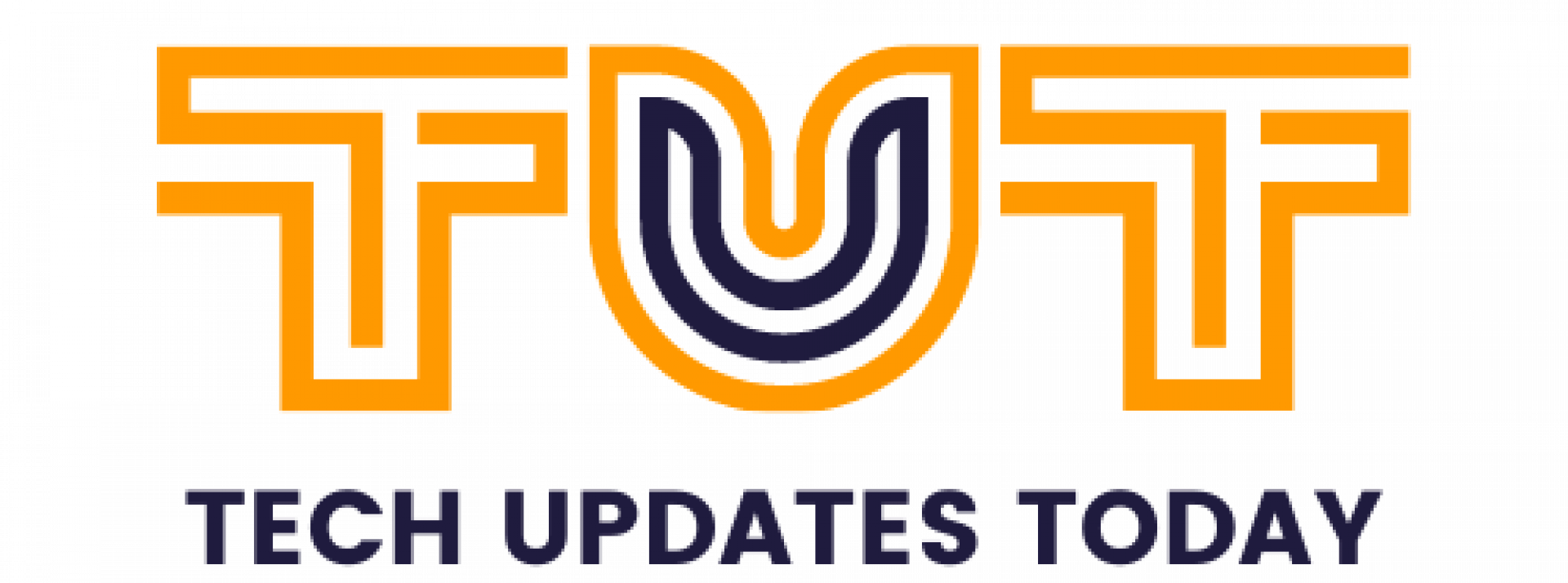Big Data For Early Diagnosis Of Diseases

How can registries become Big Data? Being accompanied by renowned international speakers from countries such as Finland, the United Kingdom, Sweden, and Germany, who shared their experience on a particular innovation or technique in vascular surgery.
“Big Data for Early Diagnosis,” or Big Data for early diagnosis, this theme was very much in line with the objective: alleviate diseases and preserve and protect health by advancing the public benefit of science and art and research into vascular diseases.
The speaker explained to the audience a large amount of data available in the health sector (from mobile devices, international repositories on specific pathologies, and computerized medical records) and how Big Data techniques take care of adding value to all this data to access information with a common need or objective.
These are some examples of projects in which analytical, predictive, prescriptive, and descriptive techniques are applied to design a recommendation system or algorithm :
- Waiting list optimization
- patient segmentation
- Help in designing protocols or predicting resources.
- Detection of patterns of patients related to cases of hyper-frequency
- Detection of patterns related to hyper-prescription
- Early diagnosis of diseases: An early warning of an infection or illness in a hospital can significantly improve the quality of life of the person and prevent them from going to the ICU, with the consequent return on investment for the hospital that this entails.
- Treatment planning.
Recommendation algorithms
These systems recommend, learn and retrain with confirmation from the expert, taking that information into account for the next case that arises. To do this, they must be designed and trained to measure, adding cultural effects and retraining them for each specific case. Also, we must remember the most important point, measure very well, to see how the recommendation algorithms are working.
A responsible medical and computer expert always directs all these cases of early detection of diseases, and the available data is private and is only used for what they are authorized to do and always anonymously.
The event also discussed the importance of applying Natural Language Processing within these systems since, thanks to this technology and the application of computational linguistics techniques in the texts of the digitized medical record; data can be encoded, content detected of diseases and drugs that are being applied, analyze reports or extract knowledge of other important aspects for the project.
Research, development, and innovation have much to contribute in all sectors, specifically the health sector.
Also Read : How To Face Changes In The Management Of Technological Resources In Companies
